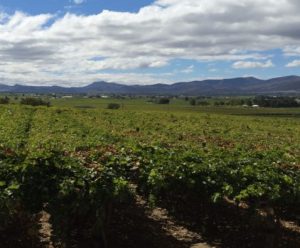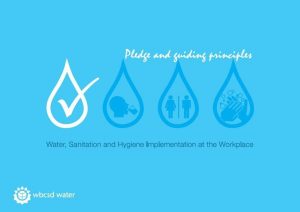Primary Functions
- Learn about activities that can be undertaken to scale up funding and financing for water infrastructure for climate adaptation.
Detailed Description
Climate adaptation has risen up the agenda globally as facts on the ground change and societies see and feel the impact of climate variability and change. Yet the global climate finance architecture is not currently delivering the scale and pace of funding and finance required.
This must change. New and existing funding models must be scaled up, together with new and existing mechanisms for providing finance.
Water is the predominant means through which the impacts of climate change will be felt. Water Infrastructure for Climate Adaptation (WI4A) is a new term to help bound and foreground a necessary discourse on scaling up action in water infrastructure to support climate adaptation. WI4A are investments designed to increase the climate resilience of water systems whether through entirely new infrastructure, replaced or retrofitted infrastructure, or enhancements and upgrades to existing infrastructure. WI4A includes built infrastructure assets and nature-based solutions of different sizes and at different scales operating in tandem within a water system.
At a global level we unquestionably have both the funding and financing capacity necessary to deliver the required investment in WI4A. Sufficient income exists, and the global financial system has a glut of capital seeking investment opportunities.
The challenge is that while these conditions may hold globally, there are significant variations in the quality and availability of cash flows, particularly in many developing countries. There are also issues with availability (i.e. liquidity) and cost of capital, again in many developing countries, and this can make it extremely hard or impossible for WI4A projects to succeed.
The next two years are key for shaping new and existing climate initiatives that could support WI4A and help close the acute funding and financing gaps that exist.
This timely report focuses on the climate adaptation part of the challenge, and within that specifically the requirement for water infrastructure. Water is the predominant means through which the impacts of climate change will be felt.




